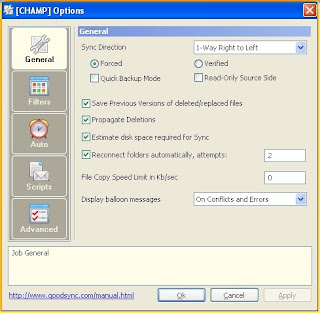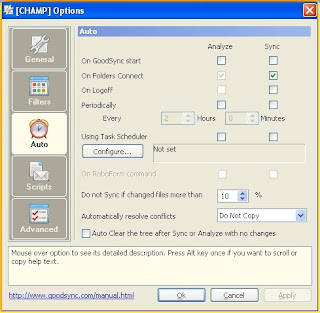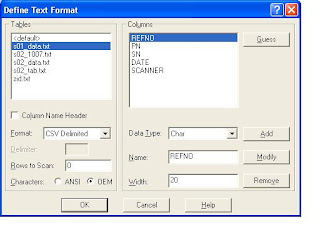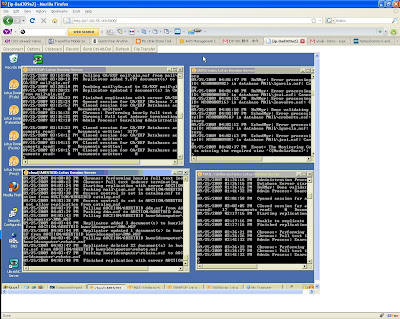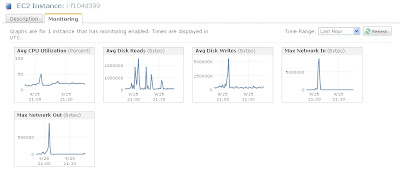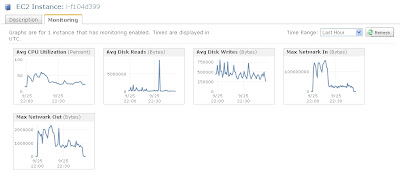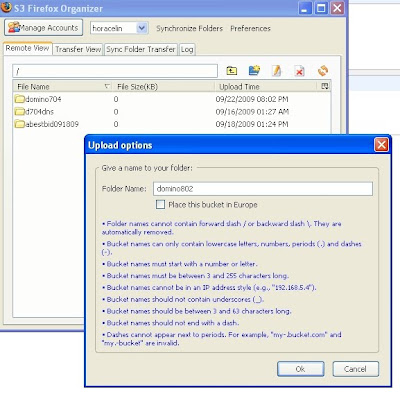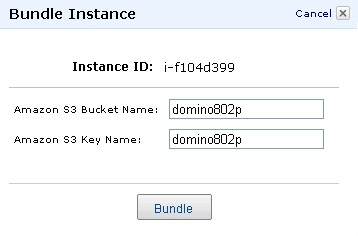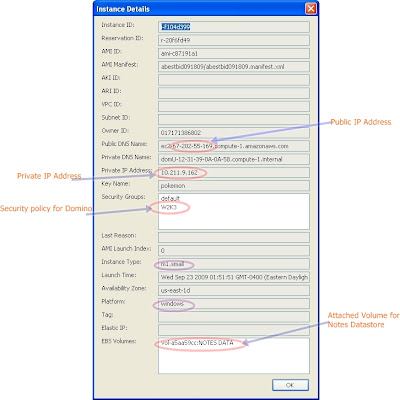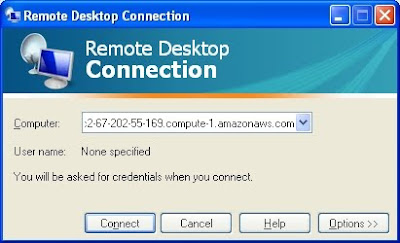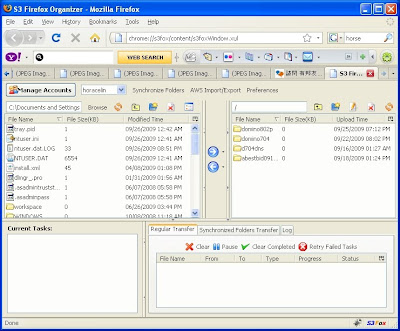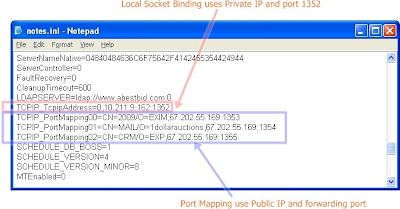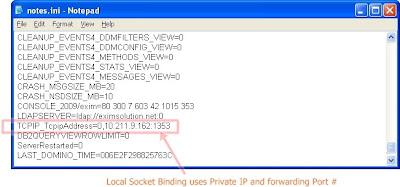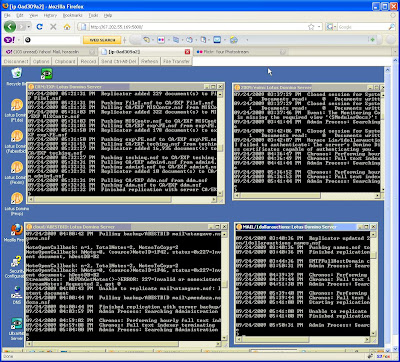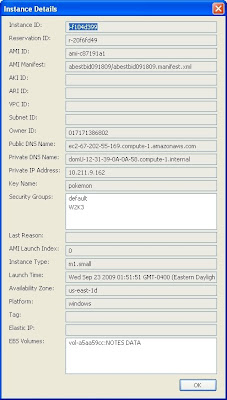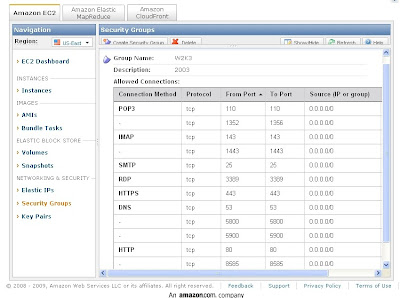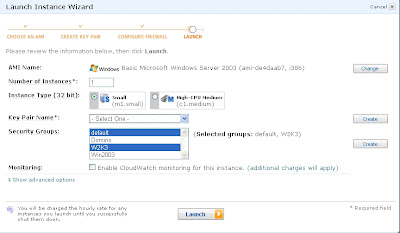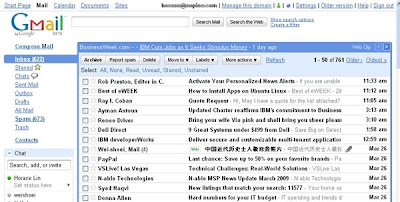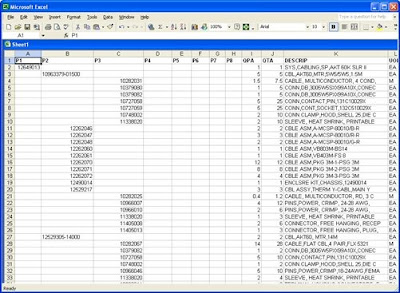
To generate a Tree View BOM (Bill Of Materials) for users easy to explore the details. The tree level can be up to 8. The statement also brings in the description, Unit of Meansure, Vendor, Vendor P/N from other tables.
Four Oracle tables -
BOM -
BOMNO : BOM P/N
COMNO: Component P/N
QPS: QTY per Assembly
IM -
ITNO: P/N
DESCRIP: item description
REV: revision
SCODE: S code
IM2
ITNO: P/N
UOM: Unit of Measure
VDPN -
ITNO: P/N
VNCRMNAM: Vendor name
VENPN: Vendor P/N
SQL Statement -
select P1, P2, P3, P4, P5, P6, P7, P8, qpa, qta, descrip, uom, rev, scode, VC, (case when VNCRMNAM is NULL then ' ' else VNCRMNAM end) MFR, (case when VENPN is NULL then ' ' else VENPN end) VPN from
(select (case when lev=1 then comno else ' ' end) P1, (case when lev=2 then comno else ' ' end) P2, (case when lev=3 then comno else ' ' end) P3,
(case when lev=4 then comno else ' ' end) P4, (case when lev=5 then comno else ' ' end) P5, (case when lev=6 then comno else ' ' end) P6,
(case when lev=7 then comno else ' ' end) P7, (case when lev=8 then comno else ' ' end) P8, lev, qpa, DECODE(LEV,
1, QPA,
2, TO_NUMBER(SUBSTR(QT, INSTR(QT, '*', 1, 1) +1, INSTR(QT, '*', 1, 2) - INSTR(QT, '*', 1, 1)-1)) * TO_NUMBER(SUBSTR(QT, INSTR(QT, '*', 1, 2) +1, LENGTH(QT) - INSTR(QT, '*', 1, 2))),
3, TO_NUMBER(SUBSTR(QT, INSTR(QT, '*', 1, 1) +1, INSTR(QT, '*', 1, 2) - INSTR(QT, '*', 1, 1)-1)) * TO_NUMBER(SUBSTR(QT, INSTR(QT, '*', 1, 2) +1, INSTR(QT, '*', 1, 3) - INSTR(QT, '*', 1, 2)-1)) *
TO_NUMBER(SUBSTR(QT, INSTR(QT, '*', 1, 3) +1, LENGTH(QT) - INSTR(QT, '*', 1, 3))),
4, TO_NUMBER(SUBSTR(QT, INSTR(QT, '*', 1, 1) +1, INSTR(QT, '*', 1, 2) - INSTR(QT, '*', 1, 1)-1)) * TO_NUMBER(SUBSTR(QT, INSTR(QT, '*', 1, 2) +1, INSTR(QT, '*', 1, 3) - INSTR(QT, '*', 1, 2)-1)) *
TO_NUMBER(SUBSTR(QT, INSTR(QT, '*', 1, 3) +1, INSTR(QT, '*', 1, 4) - INSTR(QT, '*', 1, 3)-1)) * TO_NUMBER(SUBSTR(QT, INSTR(QT, '*', 1, 4) +1, LENGTH(QT) - INSTR(QT, '*', 1, 4))),
5, TO_NUMBER(SUBSTR(QT, INSTR(QT, '*', 1, 1) +1, INSTR(QT, '*', 1, 2) - INSTR(QT, '*', 1, 1)-1)) * TO_NUMBER(SUBSTR(QT, INSTR(QT, '*', 1, 2) +1, INSTR(QT, '*', 1, 3) - INSTR(QT, '*', 1, 2)-1)) *
TO_NUMBER(SUBSTR(QT, INSTR(QT, '*', 1, 3) +1, INSTR(QT, '*', 1, 4) - INSTR(QT, '*', 1, 3)-1)) * TO_NUMBER(SUBSTR(QT, INSTR(QT, '*', 1, 4) +1, INSTR(QT, '*', 1, 5) - INSTR(QT, '*', 1, 4)-1)) *
TO_NUMBER(SUBSTR(QT, INSTR(QT, '*', 1, 5) +1, LENGTH(QT) - INSTR(QT, '*', 1, 5))),
6, TO_NUMBER(SUBSTR(QT, INSTR(QT, '*', 1, 1) +1, INSTR(QT, '*', 1, 2) - INSTR(QT, '*', 1, 1)-1)) * TO_NUMBER(SUBSTR(QT, INSTR(QT, '*', 1, 2) +1, INSTR(QT, '*', 1, 3) - INSTR(QT, '*', 1, 2)-1)) *
TO_NUMBER(SUBSTR(QT, INSTR(QT, '*', 1, 3) +1, INSTR(QT, '*', 1, 4) - INSTR(QT, '*', 1, 3)-1)) * TO_NUMBER(SUBSTR(QT, INSTR(QT, '*', 1, 4) +1, INSTR(QT, '*', 1, 5) - INSTR(QT, '*', 1, 4)-1)) *
TO_NUMBER(SUBSTR(QT, INSTR(QT, '*', 1, 5) +1, INSTR(QT, '*', 1, 6) - INSTR(QT, '*', 1, 5)-1)) * TO_NUMBER(SUBSTR(QT, INSTR(QT, '*', 1, 6) +1, LENGTH(QT) - INSTR(QT, '*', 1, 6))),
7, TO_NUMBER(SUBSTR(QT, INSTR(QT, '*', 1, 1) +1, INSTR(QT, '*', 1, 2) - INSTR(QT, '*', 1, 1)-1)) * TO_NUMBER(SUBSTR(QT, INSTR(QT, '*', 1, 2) +1, INSTR(QT, '*', 1, 3) - INSTR(QT, '*', 1, 2)-1)) *
TO_NUMBER(SUBSTR(QT, INSTR(QT, '*', 1, 3) +1, INSTR(QT, '*', 1, 4) - INSTR(QT, '*', 1, 3)-1)) * TO_NUMBER(SUBSTR(QT, INSTR(QT, '*', 1, 4) +1, INSTR(QT, '*', 1, 5) - INSTR(QT, '*', 1, 4)-1)) *
TO_NUMBER(SUBSTR(QT, INSTR(QT, '*', 1, 5) +1, INSTR(QT, '*', 1, 6) - INSTR(QT, '*', 1, 5)-1)) * TO_NUMBER(SUBSTR(QT, INSTR(QT, '*', 1, 6) +1, INSTR(QT, '*', 1, 7) - INSTR(QT, '*', 1, 6)-1)) *
TO_NUMBER(SUBSTR(QT, INSTR(QT, '*', 1, 7) +1, LENGTH(QT) - INSTR(QT, '*', 1, 7))),
8, TO_NUMBER(SUBSTR(QT, INSTR(QT, '*', 1, 1) +1, INSTR(QT, '*', 1, 2) - INSTR(QT, '*', 1, 1)-1)) * TO_NUMBER(SUBSTR(QT, INSTR(QT, '*', 1, 2) +1, INSTR(QT, '*', 1, 3) - INSTR(QT, '*', 1, 2)-1)) *
TO_NUMBER(SUBSTR(QT, INSTR(QT, '*', 1, 3) +1, INSTR(QT, '*', 1, 4) - INSTR(QT, '*', 1, 3)-1)) * TO_NUMBER(SUBSTR(QT, INSTR(QT, '*', 1, 4) +1, INSTR(QT, '*', 1, 5) - INSTR(QT, '*', 1, 4)-1)) *
TO_NUMBER(SUBSTR(QT, INSTR(QT, '*', 1, 5) +1, INSTR(QT, '*', 1, 6) - INSTR(QT, '*', 1, 5)-1)) * TO_NUMBER(SUBSTR(QT, INSTR(QT, '*', 1, 6) +1, INSTR(QT, '*', 1, 7) - INSTR(QT, '*', 1, 6)-1)) *
TO_NUMBER(SUBSTR(QT, INSTR(QT, '*', 1, 7) +1, INSTR(QT, '*', 1, 8) - INSTR(QT, '*', 1, 7)-1)) * TO_NUMBER(SUBSTR(QT, INSTR(QT, '*', 1, 8) +1, LENGTH(QT) - INSTR(QT, '*', 1, 8)))
) QTA,
descr AS descrip, uom, rev, scode, (case when vcode IS NOT NULL then vcode else ' ' end) VC from
(select SYS_CONNECT_BY_PATH(COMNO,'-->') TREE, SYS_CONNECT_BY_PATH(TO_CHAR(QPA),'*') QT, CONNECT_BY_ROOT(COMNO) ROOT, Level As lev, qpa, comno, LPAD( COMNO, LEVEL + LENGTH(COMNO), '^') PART
from BOM start with bomno=BOM_NEED_EXPLODE connect by prior comno=bomno ), IM, IM2
where comno=im.itno AND comno=im2.itno
order by tree) LEFT JOIN (select itno, vncrmnam, venpn from
(select itno, vncrmnam, venpn, row_number() over (partition by itno order by vncrmnam, venpn) RK
from VDPN)
where RK =1 AND LENGTH(TRIM(vncrmnam || venpn)) > 0)
ON TRIM(P1 || P2 || P3 || P4 || P5 || P6 || P7 || P8) =TRIM(ITNO)


